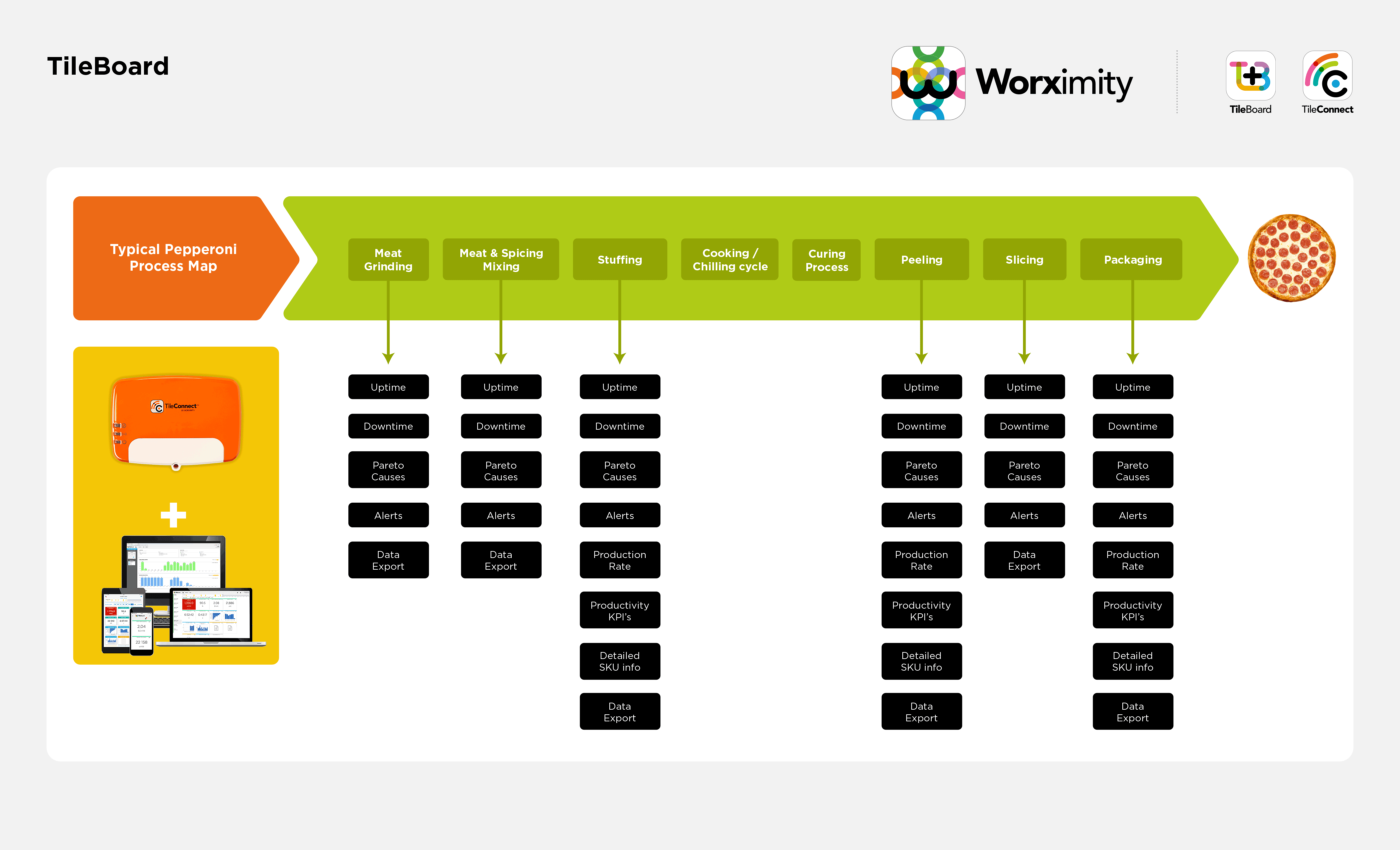There is an adage in manufacturing that states, “If you don’t measure something, you can’t manage it.” Nowhere is this truer than in the meat industry, with its razor-thin margins and fierce competition. The “commodity-like” character of meat products means prices drive sales and costs drive profit. Controlling costs, then, becomes one of the most vital factors in any meat producer’s list of concerns.
The responsibility for cost management and improvement most often falls to the production manager. Regardless of the specific product being produced, the production manager is the one who keeps the lines running smoothly and keeps costs in check or on a downward curve. Throughput (the number of good units through an operation per unit of time) is one of management’s most important cost control metrics. The measure is relatively straightforward, but it can sometimes be confusing because of its different uses. For example, accountants prefer to calculate throughput in a way that includes sales and inventory. For their purposes, this is required. But for the production manager, using a total factory value is far too broad for day-to-day line management.
Current Practices
For the production manager, calculating throughput at the machine or production line level is best for managing the overall performance of operations. Measuring throughput for a single operation, machine, or line allows the production manager to quickly see problems at a level where changes can be made promptly. When throughput shows a problem developing, immediate action can be taken. Data is focused, issues are identified immediately, and corrective action is implemented.
In many plants, throughput and other information is collected manually by individuals circulating the plant floor gathering data from machine cycle-counters and checkweighers. Data from a manual system can be useful. Nevertheless, results are delayed while they are being collected and calculated. In addition, manually gathered data incurs labor costs and may also introduce human error.
How to Calculate Throughput
Throughput is a simple but important concept. As noted above, throughput is the number of good units produced during a particular time interval. The calculation includes the output, which can be measured in units or pounds depending on the metric’s use but should be kept consistent. Production times include all time requirements, including, in addition to process time, wait or queue time, downtime (delays), and setup, takedown, or changeover times. Typically, breaks and lunchtimes are omitted from the calculation. However, if breaks are included once, they should always be included so results and historical numbers will be comparable.
Automation Is Key
Today, significant amounts of automation are finding their way into meat and food production. Robots are now completing processes that were once carried out by hand, such as vision-controlled cutting, high-speed programmable slicing, and automatic deboning. These changes have led to improvements in throughput as well as overall efficiencies. To complement these changes, companies are also adding automatic data gathering systems to their production lines. For example, bakery and pastry industry leader Première Moisson found that when they added remote sensors and computer analytics to their operations, they were able to achieve productivity increases of 58 percent within a year.
Now, sensors are available that collect production and other data, wirelessly transmit the information to computers in real time, evaluate throughput and other metrics using deep analytics, and present operating decision-making data instantly on dashboards. Management can then use this data to make immediate changes to a line or operation to ensure production throughput is maximized.
The Results
Bear in mind the adage from the beginning of this article: “If you don’t measure something, you can’t manage it.” Adding automation to a production measurement system results in faster and better decision-making. Deterioration in throughput, slowdowns in line speeds, and volume fluctuations are identified as soon as they happen. Data analysis leads to immediate problem solutions. For the meat and poultry production manager, automated data collection, AI analysis, and instant data access offer:
- Accurate data
- Real-time analysis
- Immediate notification of out-of-spec conditions
- Information about how implemented changes affect production efficiencies
- Identification of problems as they develop and guidance on solutions to those problem
- Improved production planning and scheduling
For meat producers, this means higher throughput and more profits.
For producers of beef, poultry, and other meat, using the right production metrics to evaluate production efficiencies is especially vital as automation increases, costs fall, and margins tighten. Measuring throughput at the line or machine level allows management to see problems quickly and at a level useful for immediate corrective action. Significant changes are happening in the meat industry, and producers should be prepared to face a future filled with more automation and faster analytics.















